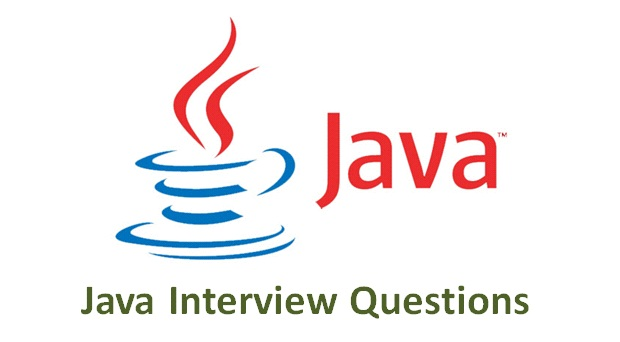Data Warehouse Concept
What is Data Warehouse?
Data Warehouse is a system that stores and processes large amounts of data from multiple sources to provide a single source of truth for business intelligence. It is a collection of data from various sources, including transactional systems, analytical systems, and data sources such as social media, web logs, and customer feedback. The data is transformed, cleaned, and loaded into a central repository for analysis and reporting. Data Warehouse is a critical component of business intelligence, providing a single source of truth for decision-making and insights.
Why Data Warehouse?
Data Warehouse is a powerful tool for business intelligence because it provides a single source of truth for data from various sources. It enables businesses to analyze and make informed business decisions based on a comprehensive view of their data. Data Warehouse is a central repository for data, which makes it easier to access, analyze, and share data across multiple departments. It also helps to reduce data redundancy and improve data quality.
Data Warehouse Architecture
Data Warehouse architecture consists of several components, including:
- Data sources: The data sources include transactional systems, analytical systems, and data sources such as social media, web logs, and customer feedback.
- Data transformation: Data is transformed, cleaned, and loaded into a central repository for analysis and reporting.
- Data integration: Data is integrated from various sources to ensure that it is accurate and consistent.
- Data quality: Data quality is maintained by ensuring that data is accurate, complete, and consistent.
- Data modeling: Data is modeled to ensure that it is easy to understand and query.
- Data storage: Data is stored in a central repository for analysis and reporting.
- Data access: Data is accessed through various interfaces, such as a data warehouse user interface, a reporting tool, or an analytical tool.
- Data analysis: Data is analyzed to provide insights and make informed business decisions.
- Data visualization: Data is visualized to provide a clear and easy-to-understand representation of the data.
Data Warehouse Types
There are several types of Data Warehouses, including:
- OLAP (Online Analytical Processing): OLAP is used for complex analytical queries that require fast response times.
- OLTP (Online Transaction Processing): OLTP is used for transactional data, such as sales transactions, inventory transactions, and customer orders.
- DW (Data Warehouse): DW is a central repository for data that is used for complex analytical queries.
- DM (Data Mart): DM is a subset of data that is used for specific analytical queries.
- EDW (Enterprise Data Warehouse): EDW is a multi-dimensional data warehouse that is used for enterprise-level analytical queries.
- IDW (Integrated Data Warehouse): IDW is a data warehouse that is integrated from multiple sources to provide a single source of truth.
- DWH (Data Warehouse Hub): DWH is a central repository for data that is used for complex analytical queries.
Data Warehouse Tools
There are several tools used for Data Warehouse, including:
- ETL (Extract, Transform, Load): ETL is a process that involves extracting data from various sources, transforming it, and loading it into a data warehouse.
- ELT (Extract, Load, Transform): ELT is a process that involves extracting data from various sources, loading it into a data warehouse, and transforming it.
- Data Quality Management: Data Quality Management is a process that involves monitoring and managing data quality.
- Data Governance: Data Governance is a process that involves managing data across the organization.
- Data Stewardship: Data Stewardship is a process that involves ensuring that data is accurate, complete, and consistent.
- Data Warehouse Management: Data Warehouse Management is a process that involves managing a data warehouse.
Features
- Subject-Oriented: Data Warehouse is subject-oriented, meaning that it is designed to store and process data related to a specific subject or topic.
- Integrated: Data Warehouse is integrated, meaning that it is designed to integrate data from various sources to provide a single source of truth.
- Non-volatile: Data Warehouse is non-volatile, meaning that it is designed to store data in a central repository and is not subject to data loss.
- Time-variant: Data Warehouse is time-variant, meaning that it is designed to store and process data that is constantly changing.
- Dynamic: Data Warehouse is dynamic, meaning that it is designed to continuously update and improve over time.




